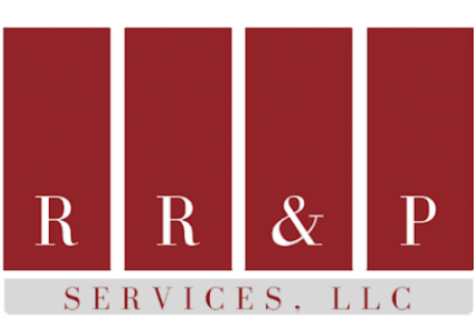For senior homeowners, the costs of retirement can be higher than anticipated. Often, these costs are driven by things like inflation, increasing healthcare expenses, and the need to support adult children or grandchildren. In recent years, the average Social Security benefit has only covered about 70 percent of retirees' pre-retirement incomes—leaving a significant gap that needs to be filled. For many people, a Reverse Mortgage Loan loan can help make ends meet in retirement.
A Reverse Mortgage Loan loan is a type of home equity loan that allows senior homeowners to borrow against the equity in their homes without having to make monthly payments. The loan is repaid when the borrower dies, sells the home, or moves out of the home for 12 consecutive months. Because there are no monthly payments required, a Reverse Mortgage Loan loan can provide much-needed financial relief for retirees struggling to make ends meet.
How Does a Reverse Mortgage Loan Work?
To qualify for a Reverse Mortgage Loan loan, borrowers must be at least 62 years old and have sufficient equity in their homes. The amount of money that can be borrowed depends on the borrower's age, the type of Reverse Mortgage Loan loan they choose, and the appraised value of their home—but it typically ranges from 40 to 60 percent of the home's value.
There are a few types of Reverse Mortgage Loan disbursement available to senior homeowners: lump sum, monthly payments, or a line of credit. With a lump sum loan, the borrower receives a lump sum of cash up front which can be used for any purpose. With a line of credit loan, the borrower has an open line of credit that they can draw on as needed, up to a certain limit.
Reverse Mortgage Loans Have Some Drawbacks
Although Reverse Mortgage Loan loans can provide much-needed financial relief for retirees struggling to make ends meet, they do have some drawbacks that borrowers should be aware of before taking out a loan.
First and foremost, because a Reverse Mortgage Loan loan is a type of home equity loan, it puts your home at risk if you default on the loan. If you fail to pay your property taxes or homeowners insurance or if you otherwise default on the terms of your loan agreement—you could lose your home.
In addition, because Reverse Mortgage Loan loans allow you to borrow against your home's equity—they also decrease the amount of equity you have in your home. This could put your family members at risk if they need to sell your home after your death in order to pay off the outstanding balance on your loan plus interest and fees. And finally, because there are no monthly payments required with this type of loan—the outstanding balance on your loan will increase over time as interest accrues. This means that if you or your heirs do eventually need to sell your home in order to repay the loan—you may not have enough equity left over to cover closing costs and other selling expenses (although, the Reverse Mortgage Loan is a non-recourse loan). As such—it's important that anyone considering taking out a Reverse Mortgage Loan understand both how these loans work as well as their potential pros and cons before making a decision.
Reversing Into Financial Relief
For senior homeowners struggling to cover basic living expenses in retirement—a Reverse Mortgage Loan loan could provide much-needed financial relief by turning some of their home equity into cash. If you think a Reverse Mortgage Loan might be right for you—be sure to reach out to RR&P Services for more information today!



